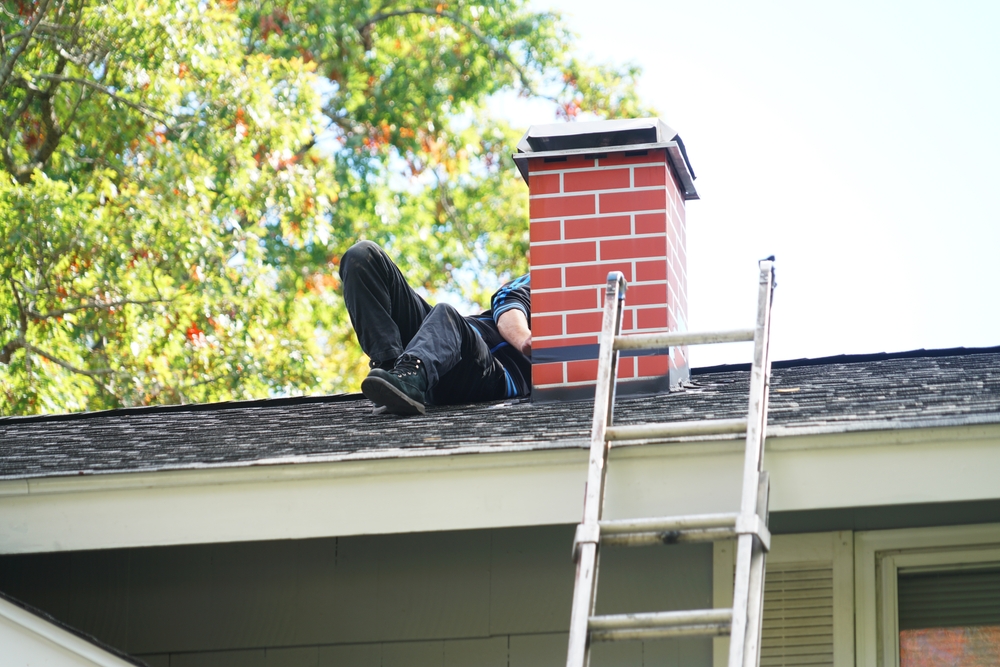

Your roof is one of the most critical components of your home, protecting it from the elements and providing structural integrity. However, over time, your roof can become susceptible to damage from various factors such as weather, age, and lack of maintenance. Detecting early signs of roof damage is crucial to prevent costly repairs or even a full roof replacement down the line. In this article, we’ll discuss how you can spot early signs of roof damage before it’s too late, helping you maintain the integrity of your home’s roofing system.
Understanding the Importance of Roof Inspections
Regular roof inspections play a vital role in identifying potential issues before they escalate into major problems. By conducting routine inspections, you can catch early signs of damage and address them promptly, prolonging the lifespan of your roof and preventing costly repairs. Whether you perform the inspection yourself or hire a professional roofing contractor, prioritizing roof maintenance is essential for preserving the structural integrity of your home.
Common Signs of Roof Damage
1. Missing or Damaged Shingles
Missing or damaged shingles are one of the most visible signs of roof damage. High winds, hailstorms, and falling debris can cause shingles to become dislodged or cracked, exposing the underlying roofing materials to water damage and deterioration. Inspect your roof regularly for any signs of missing, curled, or broken shingles, as they may indicate underlying issues that require immediate attention.
2. Water Stains on Ceilings or Walls
Water stains on ceilings or walls are a telltale sign of a leaky roof. When water infiltrates through damaged roofing materials, it can seep into the attic or interior spaces, causing stains, discoloration, or peeling paint on ceilings and walls. If you notice water stains or signs of moisture indoors, it’s essential to inspect your roof for leaks and address any underlying issues to prevent further water damage and mold growth.
3. Sagging or Drooping Areas
Sagging or drooping areas on your roof may indicate structural issues or water damage affecting the underlying support system. Over time, moisture infiltration can weaken roof decking, rafters, or trusses, causing them to sag or droop under the weight of the roof. If you notice any areas of your roof that appear uneven or sagging, it’s crucial to have them inspected by a professional roofing contractor to assess the extent of the damage and determine the appropriate repairs.
4. Granules in Gutters or Downspouts
Asphalt shingles commonly shed granules over time as they age, but excessive granule loss may indicate roof damage or deterioration. Check your gutters, downspouts, and landscaping for an accumulation of granules, especially after heavy rainfall or severe weather events. Excessive granule loss can compromise the integrity of your roof and accelerate the aging process, requiring prompt attention from a roofing professional.
Tips for Roof Inspection
1. Use Proper Safety Equipment
When inspecting your roof, always prioritize safety by using proper safety equipment such as harnesses, ladders, and nonslip footwear. Avoid inspecting your roof during inclement weather or slippery conditions to prevent accidents or injuries.
2. Inspect Both Interior and Exterior
Perform a comprehensive inspection of both the interior and exterior of your roof to identify any signs of damage or deterioration. Check attic spaces for signs of water infiltration, such as stains, mold, or rot, and inspect the exterior of the roof for missing, damaged, or lifted shingles, as well as signs of sagging or uneven areas.
3. Document Findings and Take Photos
Document your findings and take photos during the inspection to keep a record of any signs of damage or areas that require attention. This documentation can be useful for discussing repair options with roofing contractors and providing evidence for insurance claims if necessary.
4. Schedule Regular Professional Inspections
In addition to conducting your own inspections, schedule regular professional inspections with a qualified roofing contractor. A professional roofer has the expertise and experience to identify hidden issues and provide recommendations for repairs or maintenance to keep your roof in optimal condition.
Summary
Spotting early signs of roof damage is essential for maintaining the integrity and longevity of your home’s roofing system. By understanding common signs of roof damage, performing regular roof inspections, and following safety guidelines, you can detect issues early and address them promptly to prevent costly repairs or replacements. Whether you notice missing shingles, water stains, sagging areas, or granule loss, don’t wait until it’s too late to address roof damage.
